Stepping into the extraordinary Eighty Years’ War heritage of Hoorn
About Hoorn and the 1573 Zuiderzee Battle for freedom and democracy
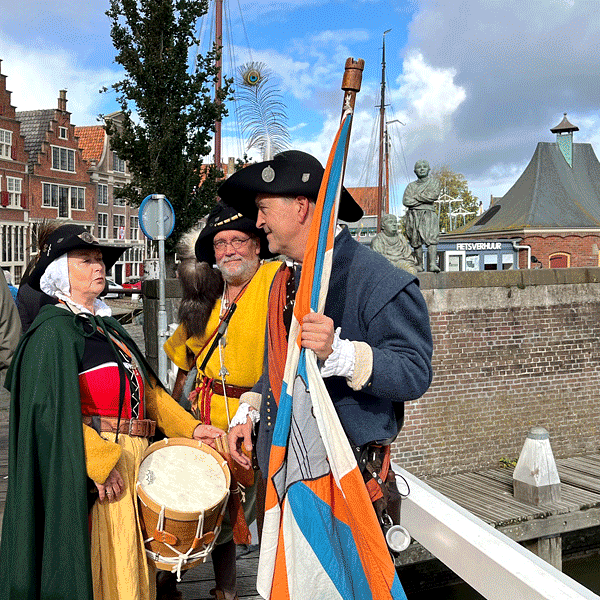
History and trade
They say it takes a proud predilection for history to re-enact a historic event. An event that occurred 450 years ago when the Spanish fleet was defeated by the Dutch rebels “watergeuzen”. Geuzen translates in English as beggars. Yes, we are stepping into the heritage of Holland by travelling to a former home base of the Dutch East India Company (VOC) and a very prosperous centre of trade at the time. We drove to Hoorn, about 40 km north of Amsterdam, a beautiful city with a rich past, full of monumental buildings and a museum brimming with treasures. Only to emphasise its importance in the 16th and 17th centuries, Cape Horn located off the southern tip of South America was named after this little town. Another contribution to world history includes Hoorn’s close ties with the East India Company (VOC). Hoorn was one of the 6 chambers (regional bases) of the VOC and ships sailed from here all around the world. From its foundation, the Dutch East India Company had dual objectives; it was a trading company and an instrument in the Eighty Years’ War against Spain.
Quest for freedom
During 80 years in between the 16th and 17th centuries, the Netherlands formed part of the Spanish Empire. Emperor Charles V, born in Ghent and raised in the Netherlands, inherited what is now called the Benelux, and the Spanish kingdom. During the 16th century Protestantism rapidly gained ground in northern Europe. Its rise fuelled by the expanding trade. In a society dependent on trade, freedom and tolerance are considered essential. However, Charles V’s son, Philip II, sought to eradicate Protestantism in favour of an increased central authority in matters of religion, law and taxes. The Dutch Revolt, or Eighty Years’ War, was a series of battles fought in between 1568 and 1648 against the dominant power structure of the Spanish government and Catholic Church that had been enforced by Philip II. Many Dutch provinces rebelled. They opposed the idea of religious persecution, wanted to trade without paying exorbitant taxes and more personal freedom. Moreover, the Spanish repression and religious wars slowed down the quest for self-determination and unification of the Netherlands.
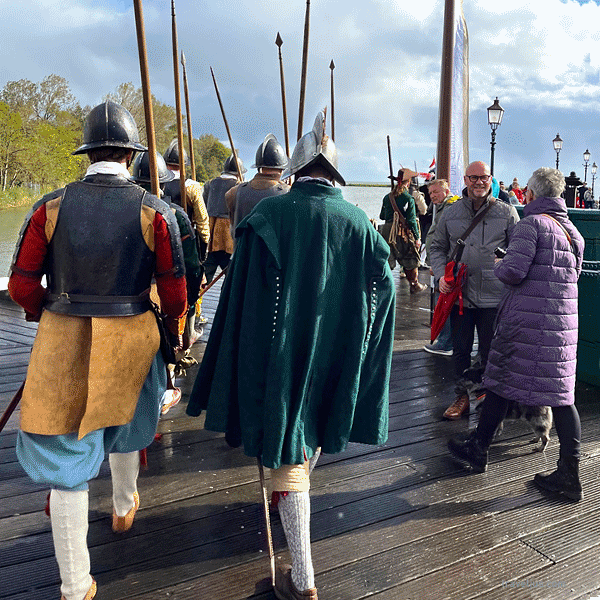
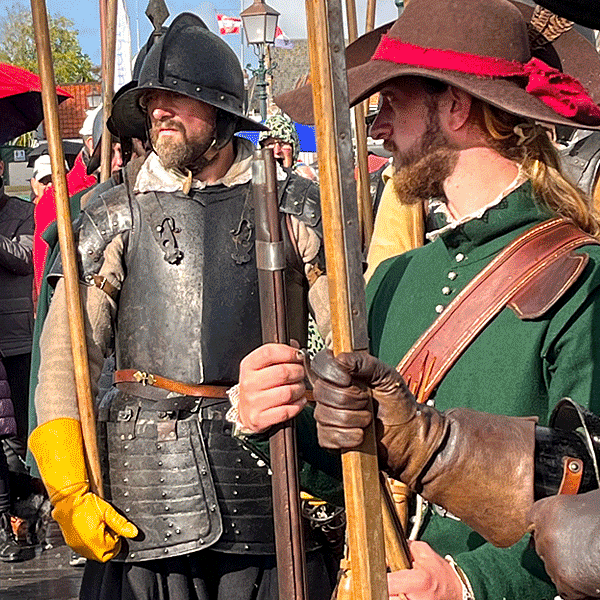
The Battle of the Zuiderzee
In 1573, an exciting naval battle took place in the port of Hoorn during this Eighty Years’ War. The Republic of the Seven United Provinces was in the middle of its struggle for independence. As the supply routes for the cities like Amsterdam almost exclusively passed the Zuiderzee, the Dutch Watergeuzen attempted to disturb this sea route as much as possible in small skirmishes and raids against ports of call dominated by the Spanish. In 1573 the Spanish Governor Maximilian de Henin, Count of Bossu was so fed up with these raids that he sent a fleet comprising of 30 ships with a crew of over 1,300 people to Hoorn with the prerogative to halt the attacks and destroy the enemy force. Bossu and his fleet left Amsterdam on October 5 and immediately hit a standstill amid attacks from the Watergeuzen. For the rebels, it seems like a battle lost in advance: Bossu’s Spanish admiralty ship was apparently invincible with its enormous size and armament. Not until October 11th, 1573, the Dutch could execute a surprise attack in the waters of the Hoornse Hop. The Watergeuzen do what they can, even attacking the Spanish enemy in rowing boats.
Courageous sailor Jan Haring
A sailor from Hoorn, Jan Haring manages to board the Spanish admiralty ship. In a flash he decides what to do. He climbs into the rigging of the Admiralty ship and pulls down the Admiralty flag with his own hands. It turns out to be a turning point in the battle. Shot from the mast of the ship by Spanish soldiers, Jan Haring falls fatally wounded on the deck and dies. Other Spanish ships assume that Admiral Bossu has surrendered and flee. Bossu, realising that further resistance is idle, surrenders and is imprisoned in Hoorn together with 200-300 soldiers. Jan Haring’s body is carried through Hoorn with reverence and laid out in the Oosterkerk. After winning the Battle of the Zuiderzee, a period of great prosperity starts for the northern part of the Zuiderzee, now called Ijsselmeer. The enemy has been driven out and will not return. Free trade can be conducted from the northern Zuiderzee port cities and Hoorn becomes the administrative centre. Amsterdam, which has stayed in Spanish hands, could no longer trade by sea for years to come and the West Frisian cities take over maritime shipping, especially to the Baltic Sea and the Mediterranean.
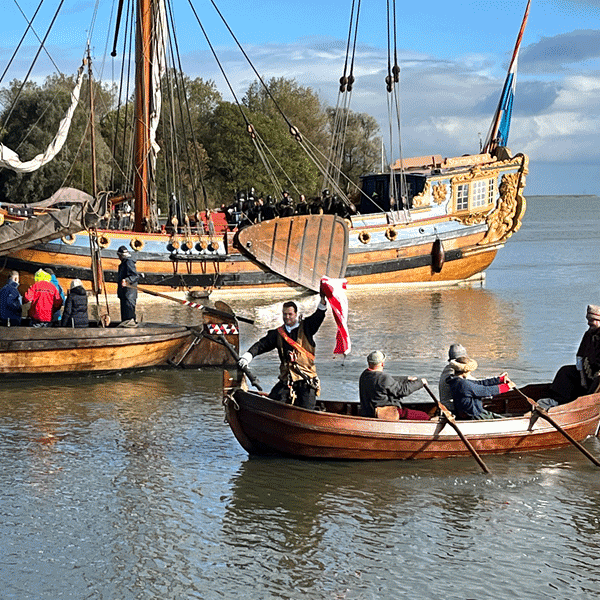
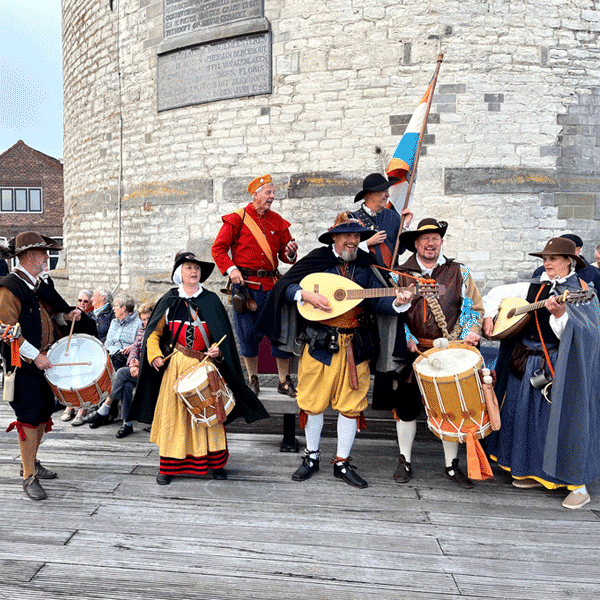
450 years after
In October 2023, it will be exactly 450 years since the Battle of the Zuiderzee took place and Hoorn freed itself from the Spaniards through this epic naval battle. The event was a turning point in Dutch history and in hindsight contributed greatly to the establishment of the Dutch nation and its national identity. After the lost Zuiderzee battle and the failed siege of the nearby city Alkmaar, the Spanish realised that the struggle to conquer North Holland was lost. Later they abandoned Amsterdam as well and returned to Spain. On October 14 and 15, 2023 Hoorn commemorated the anniversary of this historic event, re-enacting the battle.
The re-enacting made us realise that it is necessary to celebrate the importance of freedom then and now, even centuries after the historic event took place. The best thing we can do is to reconstruct the experience and add some history to our daily lives to remember the importance of preserving the fundamental freedoms that define life in a free, democratic society.